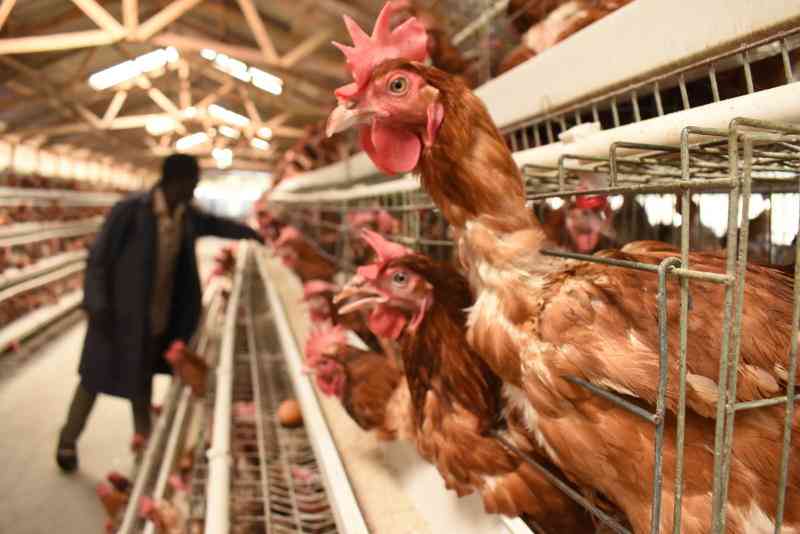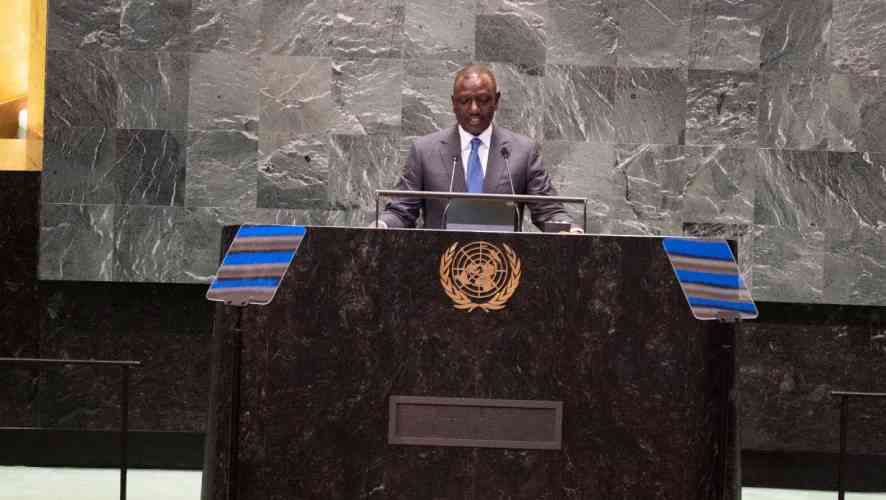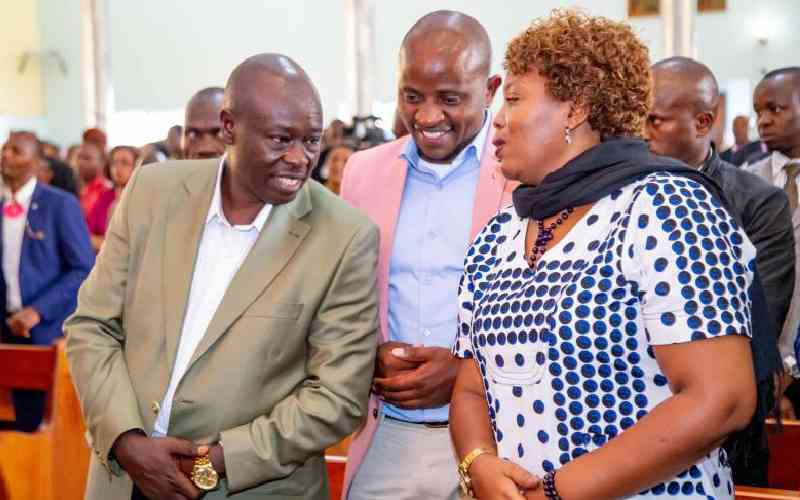The 2030 agenda for Sustainable Development Goals (SDGs) adopted in 2015 embodies the development blueprint for the world. For Kenya, this is even more important given the pivotal role played in guiding its global development process and synergy between the SDGs and Kenya’s own vision 2030. Both have a similar deadline and development aspirations.
Kenya has put in place measures to steer implementation of the SDGs. These include institutional measures, embodied through the Inter-agency Technical Working Committee on SDGs National Implementation, Monitoring and Review. This is the highest decision-making body on SDGs.
Beyond this, Kenya developed an SDGs road map with structure that outlined the pathways for implementation through tools such as the Medium-term III plan and the Big Four Agenda. Additionally, the commitment to biannual reporting at national level on SDGs provides an opportunity to track progress.
We are now entering the fifth year of implementation of the SDGs and not much progress has been realised. During the recent United Nations General Assembly, the Secretary-General announced the decade plan of action to begin in 2020 to provide momentum for the next 10 years. The SDG goals are aimed at addressing various social, political and economic issues.
Therefore, goals were designed to transform systems and structures that have sustained inequalities, build partnerships and create linkages across other goals. For example, for SDG 5 on gender equality, the aim is the achievement of women’s empowerment. Up to eight SDGs have explicit targets and indicators on gender equality. This is the interdependence that was envisioned for the entire SDGs agenda.
The 2019 SDGs report from the UN provides reasons for concern. It shows that important progress is being made in improving lives: Declines in extreme poverty and child deaths, greater access to education, jobs and sustainable energy, and growth in sustainable consumption and production policies.
At the same time, increases in global hunger, rising levels of conflict and displacement, record-breaking extreme weather, and persistent inequalities are preventing, and in some cases, undoing progress in disproportionate ways. Despite encouraging progress, current trajectories show the world will not meet these goals by 2030 with current levels of investments.
Beyond these, there are a few other challenges cited. There are challenges with tracking impact of SDG’s Implementation, especially lack of data, which affects the quality and purpose of voluntary national reviews. There is need for enhanced capacity within and among countries, including increased awareness at the local government levels on SDGs.
There is need to continue investing in citizen-driven SDGs implementation, review and follow up. The SDGs Kenya Forum along with her members has been implementing Citizen Dialogues to generate and amplify citizen voices through the Leave No One Behind Dialogues. So far, these dialogues have been hosted in 18 counties.
The SDGs Kenya Forum supports convening of SDGs Goal Groups across all SDGs to ensure that all the 17 goals receive balanced efforts in regard to implementation, review and follow up of the SDGs. Work currently ongoing on SDG5 provides a sound design for modelling policy and programming for all SDGs.
SDGs Kenya Forum three-year programme is titled, ‘Strengthening the SDGs Kenya Forum as an Accountability Platform for Gender and Development’. The programme aims to engage decision-makers in the SDG process and to hold the government accountable for its promotion, planning, financing and implementation, specifically on gender equality, women and girls empowerment priorities under SDG goal 5 in six counties (Kilifi, Nakuru, Kisumu, Kitui, Bomet and Kajiado).
Leapfrog goals
Beyond sound programme designs for robust SDGs implementation, we need to put in place structural measures to accelerate progress. These include; defining principle focus of SDGs. Should national focus be on advocacy and awareness of SDGs or the impact and aspiration of the framework on development and responding to socioeconomic challenges? Let's continue fostering multi-stakeholder partnerships to complement existing government efforts on SDGs implementation, review and follow up.
This includes need for civil society to partner to facilitate/shape the SDGs implementation. Need to prioritise goals at the country levels should be based on peoples needs. Platforms such as the Big Four agenda provide an opportunity to leapfrog goals directly linked to the four priorities, while offering prospects for job creation in the sectors of focus.
For proper resource allocation, there is need for a sectoral approach on implementation of SDGs. This will provide a clear path for alignment with national budget allocations at sectoral levels
Stay informed. Subscribe to our newsletter
Ms Syevuo is the country coordinator for the SDGs Kenya Forum
 The Standard Group Plc is a
multi-media organization with investments in media platforms spanning newspaper
print operations, television, radio broadcasting, digital and online services. The
Standard Group is recognized as a leading multi-media house in Kenya with a key
influence in matters of national and international interest.
The Standard Group Plc is a
multi-media organization with investments in media platforms spanning newspaper
print operations, television, radio broadcasting, digital and online services. The
Standard Group is recognized as a leading multi-media house in Kenya with a key
influence in matters of national and international interest.
 The Standard Group Plc is a
multi-media organization with investments in media platforms spanning newspaper
print operations, television, radio broadcasting, digital and online services. The
Standard Group is recognized as a leading multi-media house in Kenya with a key
influence in matters of national and international interest.
The Standard Group Plc is a
multi-media organization with investments in media platforms spanning newspaper
print operations, television, radio broadcasting, digital and online services. The
Standard Group is recognized as a leading multi-media house in Kenya with a key
influence in matters of national and international interest.








